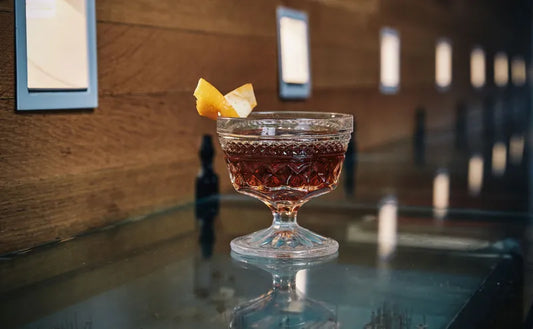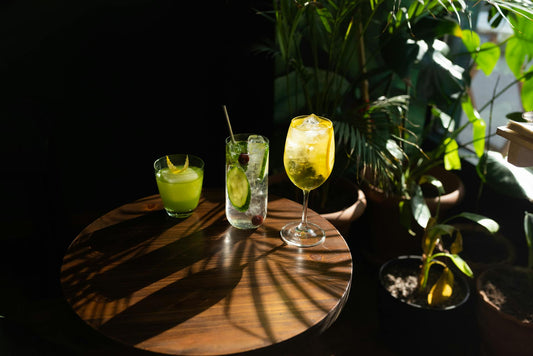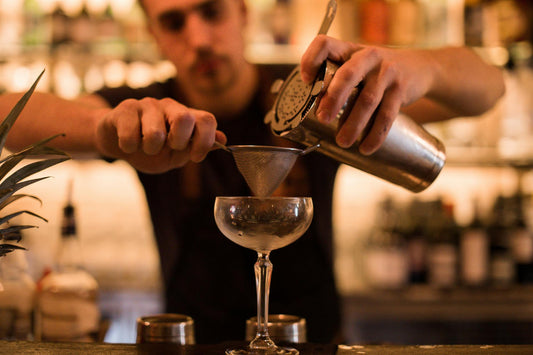Red Grape Caipirinha: A Refreshing Twist on a Classic Cocktail
SWEET to SOUR
(1-10)
STRENGTH
(1-10)
CALORIES
STANDARD
DRINKS
Note: these values are approximate and may vary dependent on the ingredients and brands you use.
More information...
The Red Grape Caipirinha is a delightful twist on the classic Brazilian cocktail, the Caipirinha, which traditionally features lime, sugar, and cachaça. This variation introduces the sweet and juicy flavor of red grapes, creating a refreshing drink that is perfect for warm weather or any festive occasion. The vibrant color of the red grapes not only enhances the visual appeal of the cocktail but also adds a layer of complexity to its flavor profile.
To prepare a Red Grape Caipirinha, you start by muddling half a fresh lime with three bar spoons of caster sugar in a glass. This step is crucial as it helps to release the essential oils from the lime peel and dissolve the sugar, creating a sweet and tangy base for the drink. The choice of caster sugar is particularly important here; its fine texture allows it to dissolve quickly, ensuring a smooth and well-integrated cocktail.
Next, you add eight fresh, seedless red grapes to the mix. The grapes are gently crushed, releasing their juices and infusing the drink with their natural sweetness. This is where the cocktail truly shines, as the combination of lime and grape creates a harmonious balance of tartness and sweetness. The use of fresh ingredients is key to achieving the best flavor, and the red grapes provide a rich, fruity note that complements the sharpness of the lime.
Once the grapes are muddled, you pour in 60 ml of chilled cachaça. Cachaça, a Brazilian spirit made from fermented sugarcane juice, is the backbone of the Caipirinha. Its earthy and slightly sweet flavor pairs beautifully with the lime and grapes, adding depth to the cocktail. Using cachaça straight from the freezer enhances the drink's refreshing quality, making it even more enjoyable on a hot day.
After stirring the mixture well to combine all the flavors, the glass is filled with ice, and if desired, garnished with a lime wedge. The ice not only chills the drink but also dilutes it slightly as it melts, which can help to mellow the flavors and make the cocktail even more refreshing. The result is a beautifully layered drink that is both visually stunning and deliciously satisfying.
In terms of nutritional value, the Red Grape Caipirinha contains approximately 250 calories and equates to about 1.5 standard drinks. This makes it a relatively moderate option for those looking to enjoy a cocktail without overindulging. The presence of fresh fruit also adds a touch of nutritional benefit, as grapes are known for their antioxidants and vitamins.
The taste of the Red Grape Caipirinha can be described as a delightful balance between sweet and sour, with the sweetness of the grapes and sugar countered by the tartness of the lime. This cocktail is perfect for those who enjoy fruity drinks but still want the kick of a traditional cocktail. Whether you’re hosting a summer barbecue, enjoying a picnic, or simply unwinding after a long day, the Red Grape Caipirinha is sure to impress with its unique flavor and refreshing qualities. It’s a drink that invites you to savor each sip, making it a wonderful addition to any cocktail repertoire.



